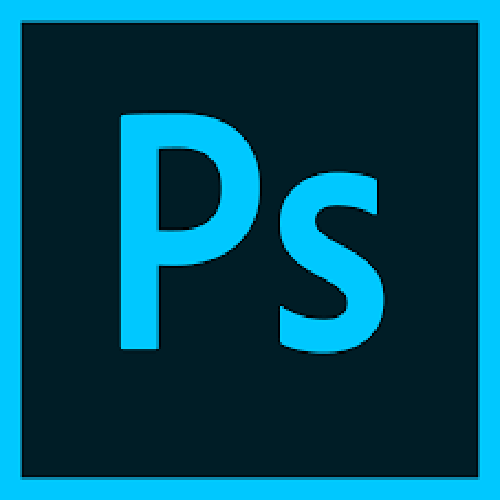The study of Art History often necessitates working with large numbers of digital image files, which can prove challenging to both edit and properly catalogue. There are several pieces of software that may prove helpful when dealing with image collections, some of which are listed below:
| Software | Description |
|---|---|
|
Tropy |
Designed by researchers, for researchers, Tropy is a simple yet powerful desktop program that allows you to organize and describe research photos so you can quickly find them, and their associated data, easily. Photos can be grouped into individual research documents or objects, and documents can be grouped into collections or tagged. Tropy also allows for notes to be added to describe or transcribe your research images, and features basic image manipulation tools such as zoom, crop and rotate. For more information on Tropy, including an overview and user guide, visit the Tropy Documentation page. Download Tropy for PC, Mac, or Linux via the Tropy website. |
|
Photoshop
|
Adobe Photoshop is a powerful image editing tool that may be helpful when preparing images for presentation or publication. It is available through subscription from Adobe only, and may also be available on certain workstations located throughout the University of Toronto library system (Robarts Map and Data Library has a version students are able to use). |
|
GIMP
|
The GNU Image Manipulation Program (GIMP) is similar to Photoshop yet is available for free. Not all image editing features may be available in GIMP, but it is a good place to start if you're looking to do image editing and correction without subscribing to a suite of programs. GIMP can be downloaded via the GIMP website. Refer to the "Working with Images" guide (below) for additional free image editing tools. |
Working with Images Guide
Understanding and managing digital images is a key component in the study of Art History. The "Working with Images" resource provides guidance and accessibility consideration for processing and working with images.





